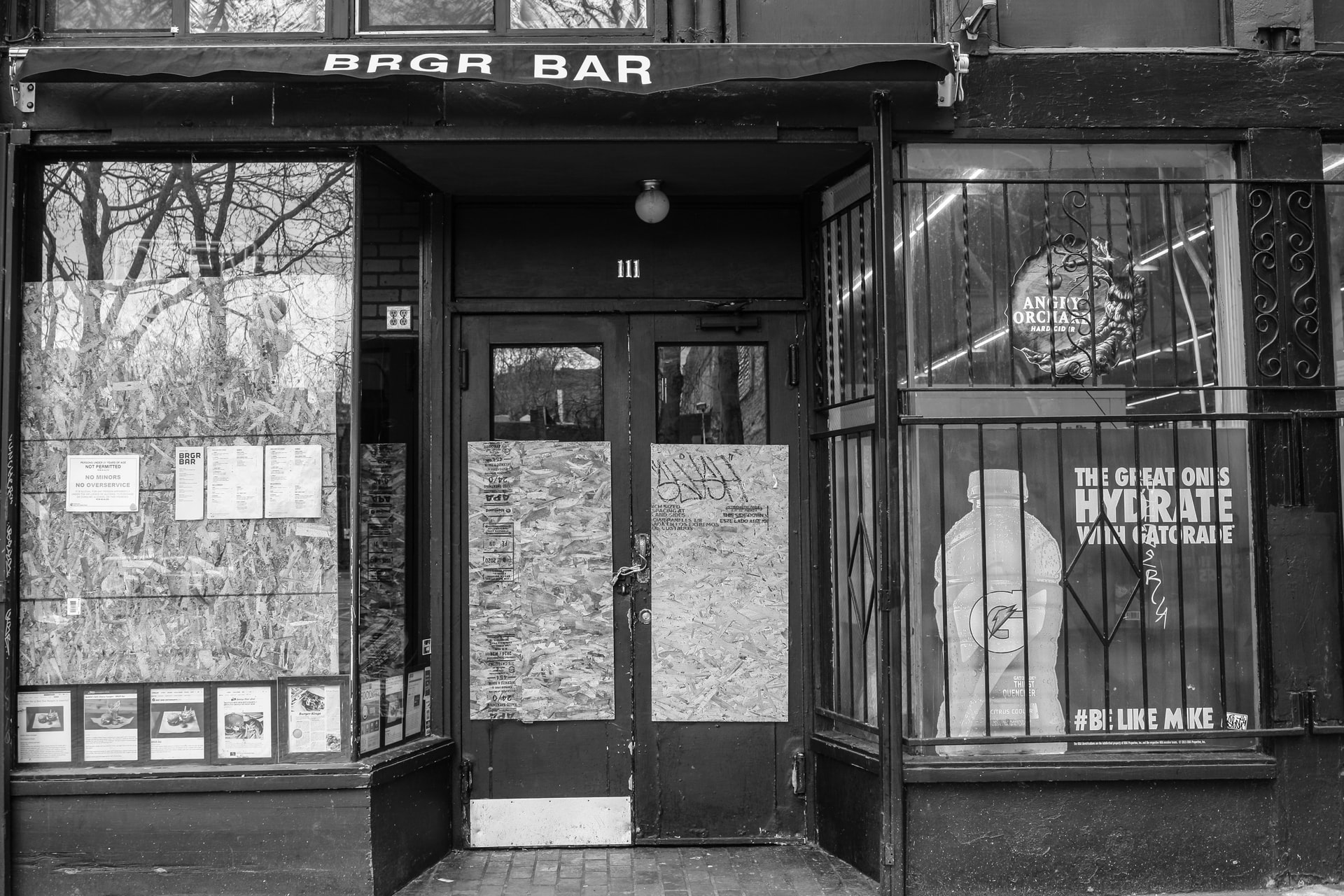If your business is struggling to keep up with payments, you can regain control and protect your company from trading while insolvent by actively pursuing a restructuring strategy or turning to voluntary liquidation if your business holds no hopeful future. Failure to do so could result in the company director from being held personally liable for company debts, so it should be in your best interests to pursue a quick solution to remedy your position.
If you are locked in this state, clear warning signs should indicate if your business is due to be reprimanded for outstanding debts, such as a winding up petition. If the court issues a winding up order, you will have limited control over the process unless you can repay funds or mutually agree to a payment plan with the creditor. We take you through the two options available to your business in the event of financial difficulty – closure or rescue.
Seeking a company rescue solution
It is worthwhile to seek the services of a business recovery expert as if your business is in dire financial difficulty, a licensed insolvency practitioner may be able to revive your failing business. By assessing company value, assets and liabilities, a skilled business rescue specialist will be able to paint an accurate image of the financial health of your business.
By balancing asset value against outstanding repayments, you will typically be able to determine if your business can compensate creditors unless it is both cash and asset poor. Each business in this position will experience a unique set of challenges, leading to either inevitable company closure or a swift rescue.
By restructuring your business, you can streamline company operations and ensure that you are operating in a tax-efficient manner, as set out by HMRC guidelines. Alternatively, if you require a quick burst of cash, a cash injection through the likes of a business loan or commercial finance facility can help unlock operational restrictions. By offering a helping hand to your company, you can increase capacity, serve a larger client base and refine your service.
If you require urgent breathing space from creditors to maintain company finances, seeking a Company Voluntary Arrangement (CVA) can help restructure creditor payments into affordable installments. If accessing flexibility for tax repayments can help your business get back on track, a Time to Pay Arrangement may provide a solution.
Seek company closure options
If your business is in the red due to multiple outstanding liabilities which cannot be realistically maintained, your business may face closure. When embarking on this route, it is instrumental to ensure that you settle affairs with creditors and close your company efficiently. It is just as vital to seek the services of a reputable company liquidator in the event of company closure as there is a set procedure which should be complied with to generate maximum returns for creditors.
A Creditors’ Voluntary Liquidation (CVL) is a voluntary company closure route for insolvent businesses. The company director(s) must agree to wind up the business, leading to settling outstanding creditor affairs and the formal closure of the company. This route is typically pursued as a result of pressure and threats of legal action from creditors. To take the CVL route, you will need to appoint a licensed insolvency practitioner who will officially take on the role of company liquidator.
The licensed insolvency practitioner will take control of the business and mediate between creditors and company shareholders. During the liquidation process, company assets will be formally valued to accurately calculate financial worth. The liquidator will be responsible for generating returns to repay creditors through the sale of company assets. The funds generated will be distributed to creditors in line with the Insolvency Act 1986 which dictates the order of priority concerning repayments.
Once the CVL has been completed, your company will be removed from the Companies House register, ceasing in legal existence. An investigation will take place into director conduct to ensure that all the necessary responsibilities were fulfilled, and the company director acted in the best interests of creditors.
When deciding between company closure or rescue, take note of your ambitions and prospects for the business as this will determine the route you will take. A specialist in the field of business restructuring and insolvency will assist you in establishing the options available to you.











